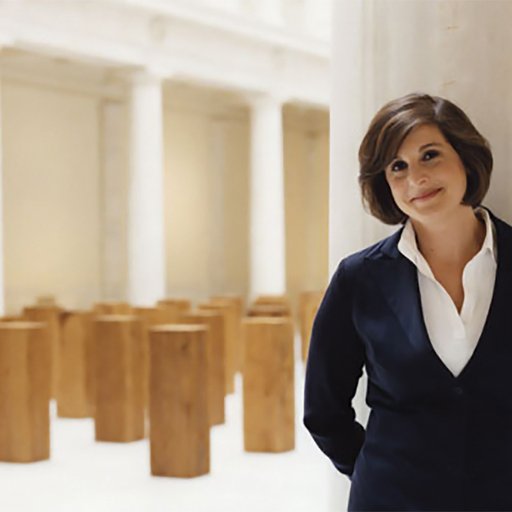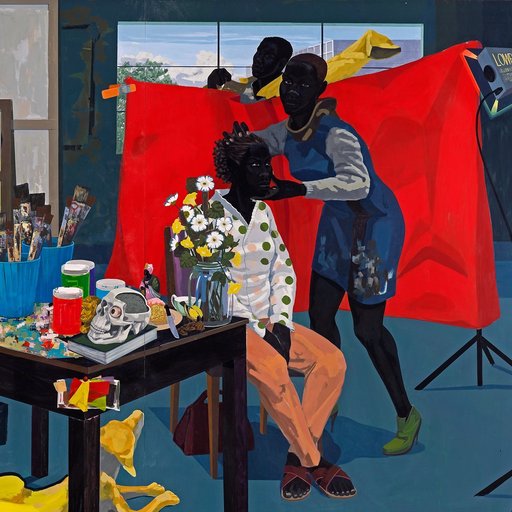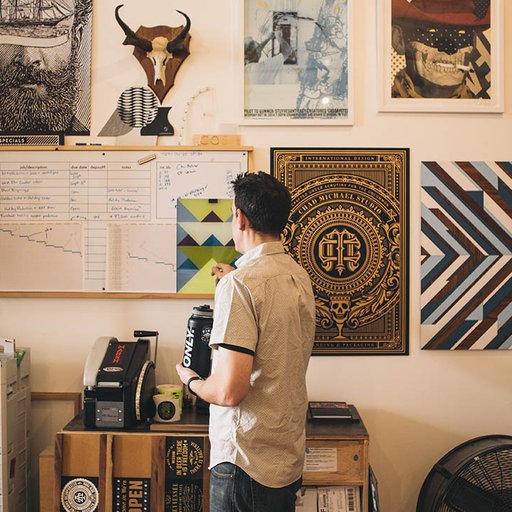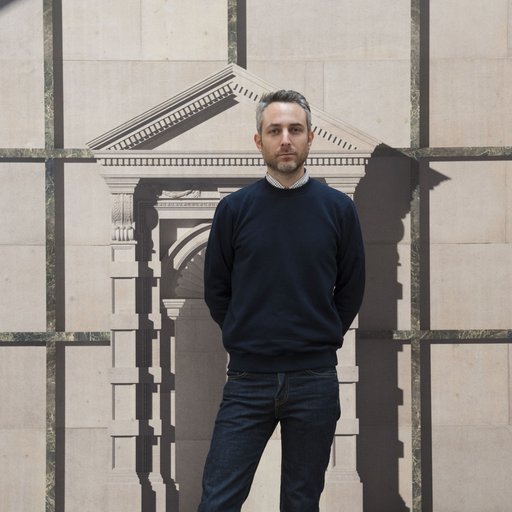One of Brussels's most adventurous collectors of new and undervalued art, Alain Servais is also a vocal critic of some of the art industry's venerable practices, often taking to his Twitter account to praise and blame its leading figures as he sees fit. A frequent target of his is the way that art galleries operate today. As part of our survey of potential new directions for brick-and-mortar galleries as they struggle in the new digital climate, we asked Servais a question: When it comes to selling art and supporting artists, what are the most promising alternatives to the brick-and-mortar gallery model today? Here's what he had to say.
RELATED LINKS
Is the Traditional Art Gallery Dead? 21 Industry Insiders Tell Us What (They Hope) Comes Next
I still believe in the brick-and-mortar model because this is where the art looks the best, along with museums and biennials. Yes, there is an aura to the work of art in the right location and the right context, which nothing replaces.
But this model of the “unique gallery” must evolve and diversify. Here are some possible directions, and why.
To oversimplify for the sake of brevity, the art market has developed on two increasingly divergent tracks: the luxury industry on the one side, with its standardization and branding strategies, and, on the other side, “art-promotion initiatives.”
The first track’s clients are the collectors, and the second track gives priority to the artists and the art.
The first one is in the throes of expansion—including geographical globalization—and also the professionalization, or industrialization, of processes. The second is seeking to find alternative exhibition and monetization models in the shadow of the first.
The luxury industry, meanwhile, is not necessarily interested in supporting and representing the artist, but mainly in the exhibition and sale of his or her artworks. (See the example of Danh Vo at White Cube in Hong Kong.) As evidenced by the multiplication of ugly scandals and lawsuits that have lately arisen from this are of the market, this track urgently needs to reinforce its legal and best-practices infrastructure, including the stabilization of the artist-gallery relationship, balanced contracts at all levels of the industry, more transparency, et cetera.
The development of non-selling artists’ agencies will be a last necessary step in making the art industry more rational, because it both takes into account the need to develop the advantages of economies of scale while also addressing the multiplying conflicts of interest between artists and galleries, which, as mentioned earlier, have made wooing collectors and selling their main priority due to growing fixed costs.
Despite an expanding online presence, the brick-and-mortar model remains essential for this luxury art industry, as much as flagship stores are necessary to any major non-art luxury brands. Moreover, multiple exhibition spaces are crucial for retaining “Very Bankable Artists,” the essential-for-business talents who won’t settle for just having a show show once every two or three years—because otherwise they would sooner or later present their work somewhere else with a competitor.
This luxury art sector is in the midst of a concentration wave, just as the luxury goods industry experienced in the 1990s.
The second alternative art-promotion track is one that appeals to a narrower and more connoisseurial public. For this sector, an “anchor” brick-and-mortar gallery is a plus but not a must anymore, particularly in expensive real estate markets like New York, London, or Paris.
It needs to complement selective art-fair participation with other exhibition strategies, such as space exchanges in different cities, like the partnership of Jocelyn Wolff in Paris and LABOR in Mexico City, or the Condo Complex gallery-exchange exhibition that took place earlier this year in London, Cologne, and Brussels; pop-up exhibitions in dedicated spaces, like Independent Régence in Brussels, the Minnesota Street Project in San Francisco, or the Cromwell Place gallery complex in London; and spaces tailored to individual artist projects, like Stefania Bortolami “Artist/City” initiative, the My Scion roving car gallery in Portland, Tel Aviv’s nomadic projects at fifteen, the Arndt Art Agency, and Slate Projects in London; and also cooperative events with artists and peer-group galleries, like the Paris Internationale and Sunday art fairs, plus the gallery weekends or other similar initiatives like the East End Gallery trail in London or co-ordinated late-night openings in a particular district.
The key is to additionally “animate” these art spaces with talks, conferences, and events to make it more of a meeting place—a forum for exchanges. The pace is generally slower and more susceptible to long-term experiences than one finds in the luxury art sector. It also allows artists more opportunities for experimentation, and risk-taking.
Both tracks of this expanded art market need to plan and intelligently, carefully organize their online strategies, including social media—though obviously with different strategies, as the luxury industry tries to expand to the larger public and the art-promotion sector cleaves to a more niche strategy but can also be importantly supplemented via virtual selling platforms. The art world itself is online now, even if I don’t believe it will ever exist entirely online, except perhaps when it comes to digital art specifically designed to be viewed over the Internet.



























